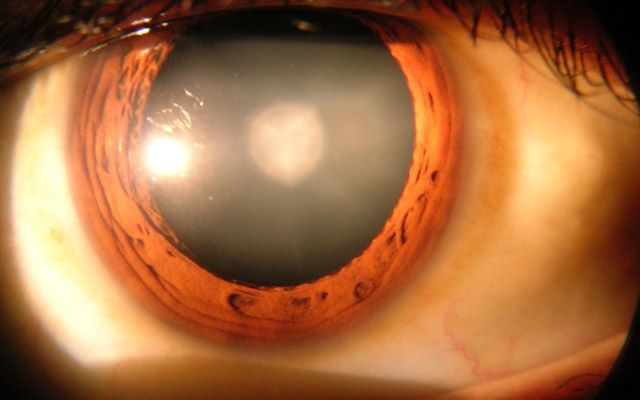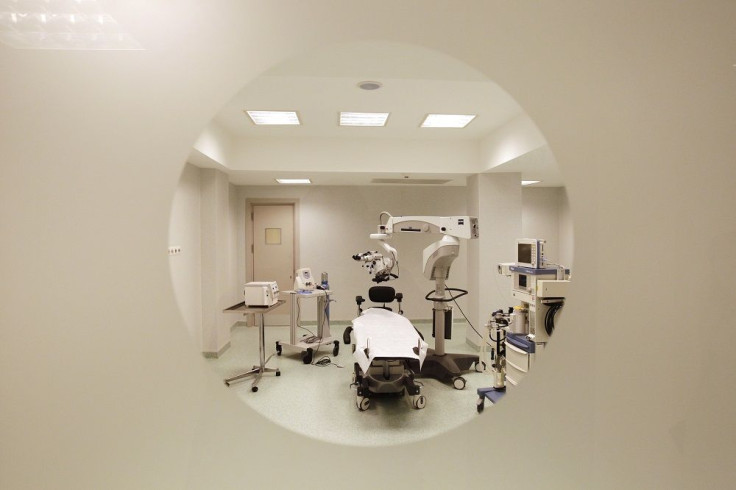Researchers use human stem cells to cure blindness in rabbits, replace corneas damaged by cataracts in human babies

The sight of blind rabbits were restored after researchers from Osaka University and Cardiff University used stem cells from humans to create living tissue that could repair eye ailments such as damaged lenses, retina and corneas. A separate study by American and Chinese scientists also used stem cell to regenerate new lenses for 12 human babies who had cataracts and had their lenses removed surgically.
The two studies show the different uses of stem cells in creating any type of eye cell, offering hope to people whose vision are impaired due to diseases or age-related problems, reports Gizmodo. In the first study, published in Nature journal, scientists created human stem cells in a disc to generate various eye cells that were transplanted to vision-impaired rabbits.
“Our work not only holds potential for developing cells for treatment of other areas of the eye, but could set the stage for future human clinical trials of anterior eye transplantation to restore visual function,” says Professor Andrew Quantock, from Cardiff University’s School of Optometry and Vision Sciences, and study co-author.

The second study was done by researchers at the University of California (UC) San Diego and the Shiley Eye Institute of the Sun Yat-sen University in Guangzhou to find a way of ditching the use of artificial lenses as replacement for lenses damaged by cataract because it becomes cloudy as the eye cells grow over it. They found that if given time, around three months, lens epithelial stem/progenitor cells could regenerate corneas.
The new technique as a complication rate of only 17 percent compared to 92 percent when implanting artificial lenses, says James Funderburgh, cell biologist at the University of Pittsburgh School of Medicine.
Dr Kang Zhang, chief of Opthalmic Genetics and co-director of Biomaterials and Tissue Engineering at the Institute of Engineering in Medicine at UC San Diego School of Medicine, adds, “The success of this work represents a new approach in how new human tissue or organ can be regenerated and human disease can be treated, and may have a broad impact on regenerative therapies by harnessing the regenerative power of our own body.”
That both studies were published on the same day excited the scientific community. While Mark Daniel, head of corneal research at the Centre for Eye Research Australia in Melbourne finds the potential of the technique of using stem cells to regenerate eye cells mind-boggling, he also describes the results as amazing “almost like science fiction.”





















